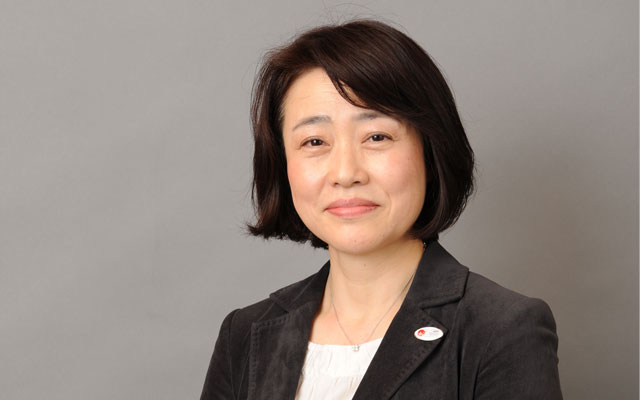As of September 15, 2017, Japan has surpassed the 20 million visitor mark, and is currently well its way to breaking its record of 24 million arrivals it received last year.
As of September 15, 2017, Japan has surpassed the 20 million visitor mark, and is currently well its way to breaking its record of 24 million arrivals it received last year.

During a press conference at Visit Japan Travel & MICE Mart 2017 last week, Etsuko Kawasaki, executive director of the Japan Convention Bureau, revealed that the international conference segment has played a huge role in contributing to visitor numbers.
In 2016, based on data from the various Japan National Tourism Organization (JNTO) overseas offices, the number of meetings and incentives to Japan totalled 1,948, bringing with them 131,656 participants.
As well, consumption by foreign event participants amounted to 15.6 billion yen (US$139.3 million) in 2016, according to data from the Japan Tourism Agency.
In the three major cities of Tokyo Metropolitan area, Kansai area and Central Japan area, medical conference attendees were found to be bigger spenders than participants of other types of conferences. Medical conference attendees spent an average of 356,815 yen per person, while other participants spent an average of 300,328 yen.
Both expenditures were more than the leisure traveller average of 155,896 yen.
The lion’s share of corporate visitors (75 per cent) was attributed to the East Asian markets of South Korea, Taiwan and China, but JNTO noted that numbers from the South-east Asian markets of Thailand, Malaysia and Indonesia, are increasing each year.
When asked why Singapore was left out of the equation, Kawasaki indicated that on the contrary, the country was a very “important stable and mature market”.
She elaborated: “Requirements from Singaporean visitors gets higher and higher. There are a lot of repeat visitors and tend to be well-travelled, so they are not interested in general tour itineraries. They expect “wow” or “once-in-lifetime” experiences. So we encourage local convention bureaus to create more unique and cultural venues.”
Seeing the potential of such international conferences, the JNTO has linked up with and are working with Japan Conference Ambassadors around the globe. Currently, JNTO has 47 of such ambassadors, who have brought in more than 20 international conferences.
One notable conference win for Japan is the 1,000 pax group heading to Miyazaki next year for the 11th Language Resources and Evaluation Conference. The conference is usually held in Europe, and will for the first time come to Asia.
In 2019, two conferences of note are the 25th General Conference of the International Council of Museums from September 1-7 – the first time this event is being held in Japan; and the 5,000 pax 17th World Congress of the International Society for Prosthetics and Orthotics from October 5-8. The latter’s timing is impeccable, as the conference will help increase the understanding of para-sports globally just before the 2020 Tokyo Paralympic Games.
Meanwhile, the Congress of the International Society of Hypertension in Pregnancy will be held in Nara – the city’s first international conference – in 2020, in the soon-to-be-completed convention centre.
Aside from Nara, upcoming facilities that will open by 2021 include new convention centres in Nagasaki, Fukuoka, Kumamoto, Okinawa, Himeji, Nagoya, Yokohama and Kanazawa.





















